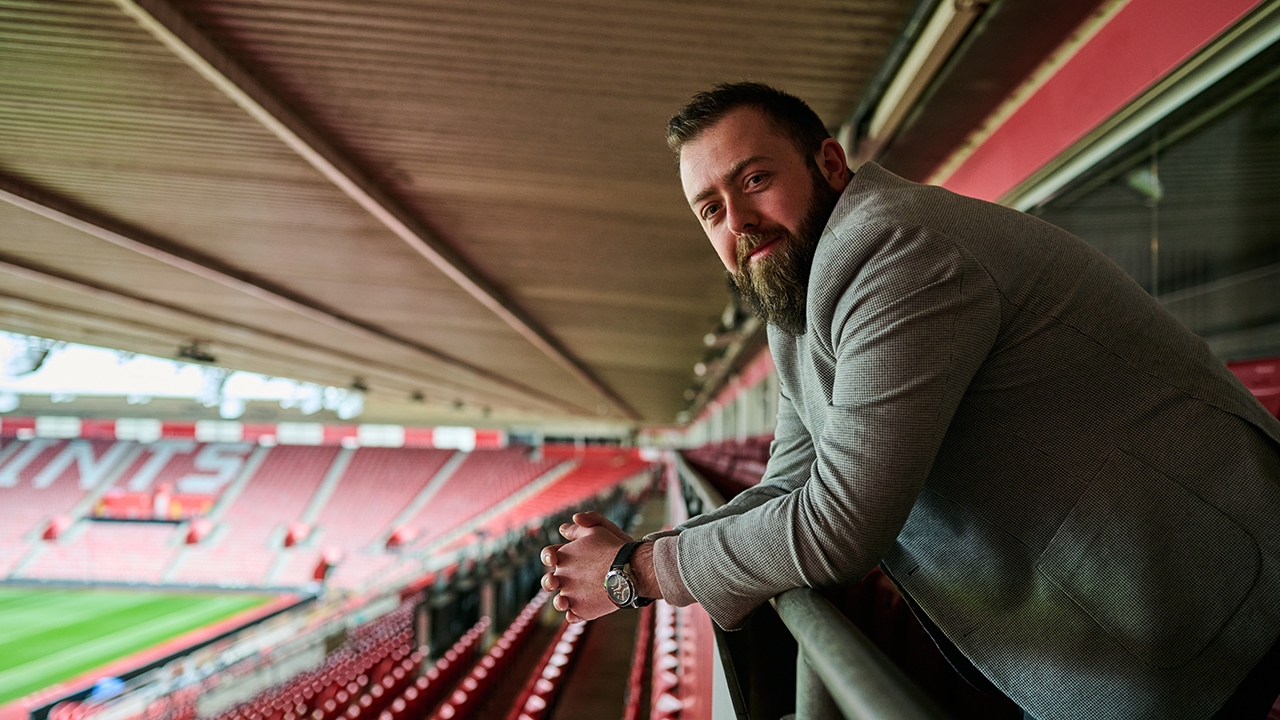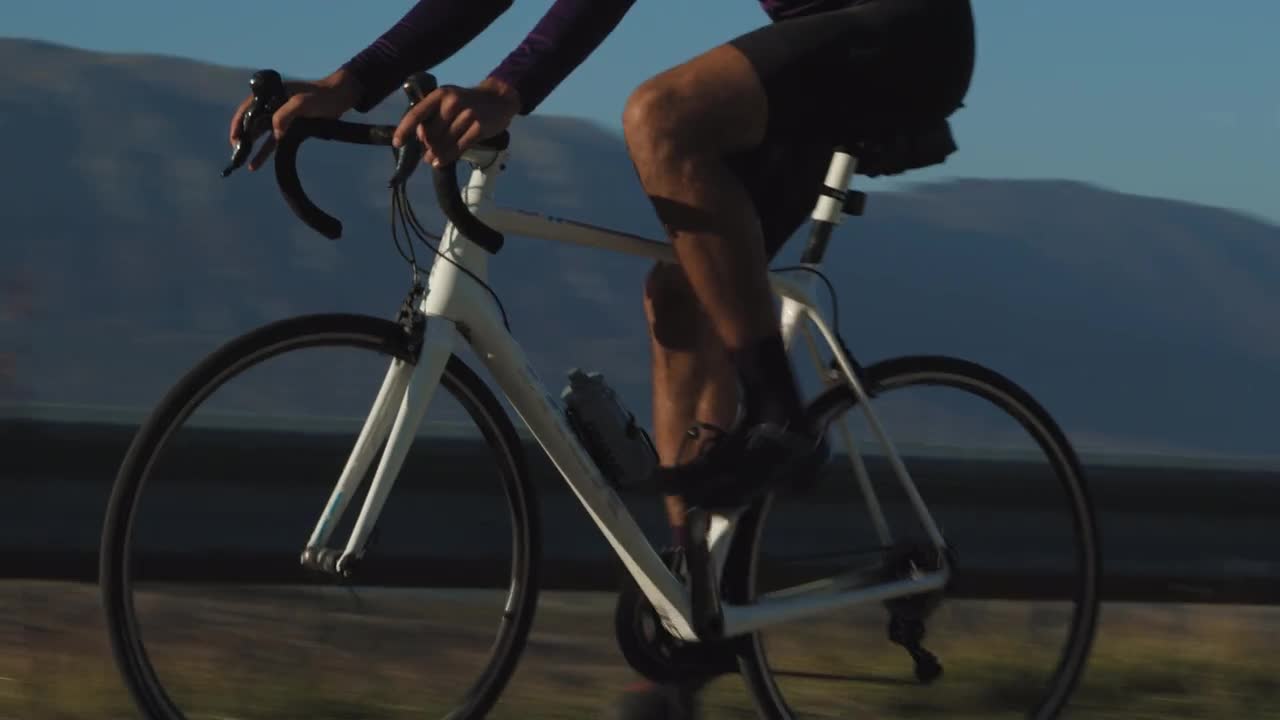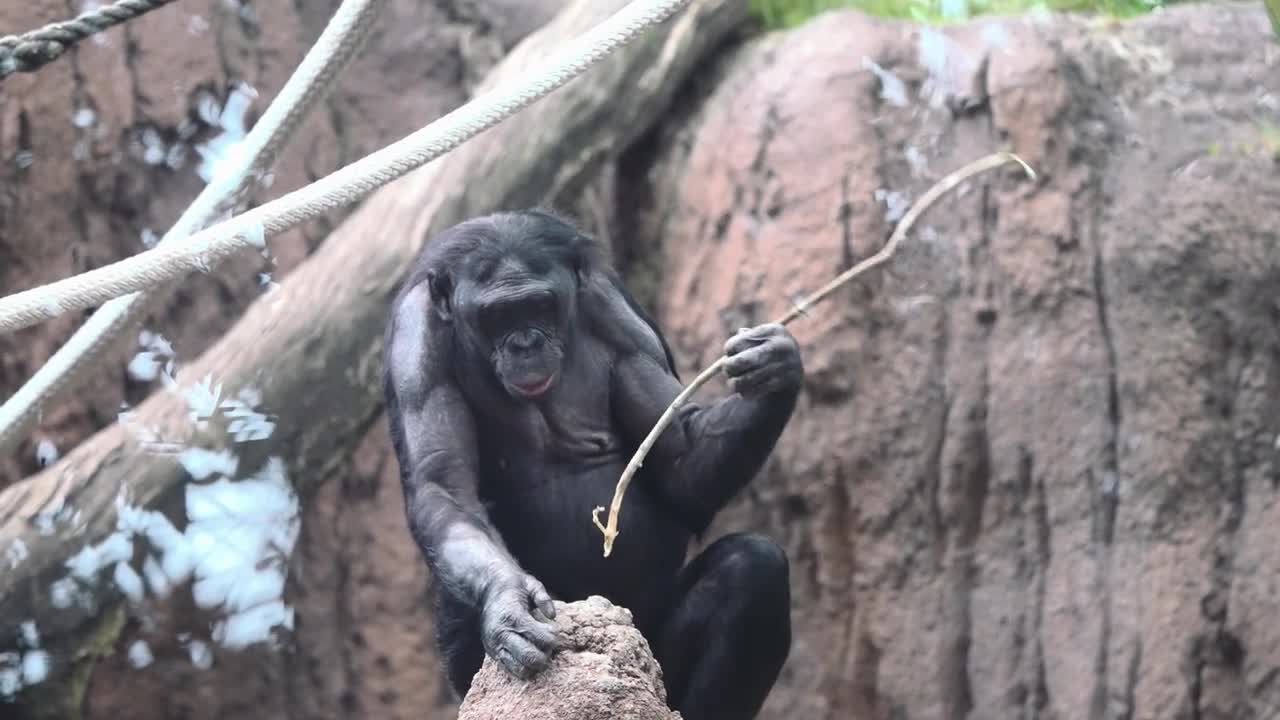Featured stories
 8x8 Rated G2 Leader
8x8 Rated G2 Leader
G2 is the world's largest and most trusted software marketplace. Every year, millions of profressionals rely on G2 for smarter software decisions, guided by authentic peer reviews from industry experts.
Let’s power your CX ambitions, together.










.jpg)